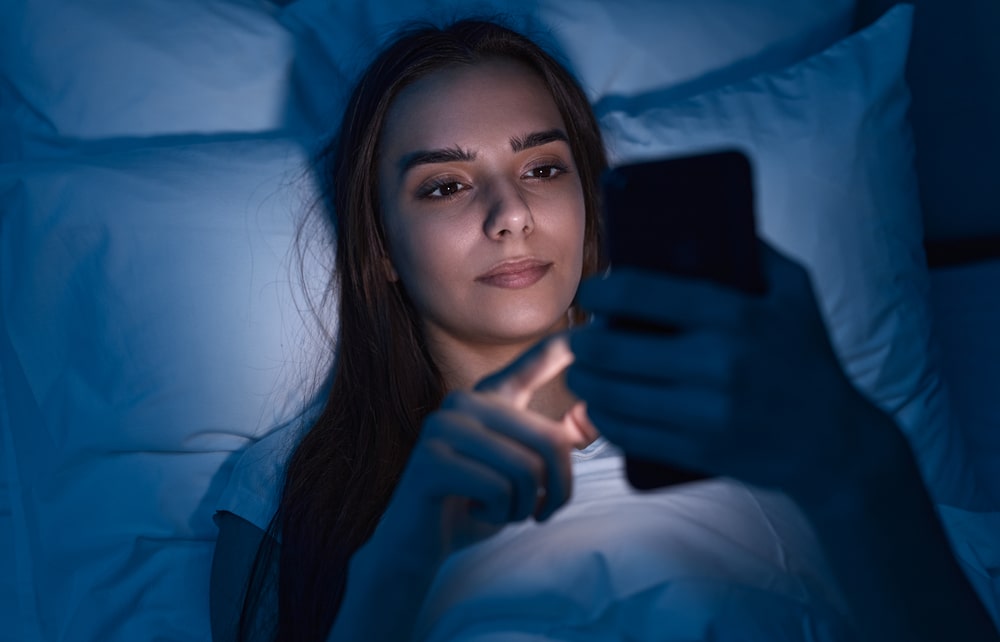A recent Nature study challenges the belief that blue light, emitted by devices like smartphones, significantly disrupts sleep. Explore the study’s findings, understand how light affects sleep patterns, and discover expert insights on screen hygiene before bedtime.
The article delves into a recent Nature study suggesting that blue light from devices may not be as disruptive to sleep as previously thought. As the impact of light on sleep patterns is explored, expert perspectives shed light on the broader implications of these findings.
The Study’s Revelation:
The study from the University of Basel and the Technical University of Munich challenges the conventional belief that blue light negatively affects circadian rhythms and sleep.
Exposure to blue, yellow, and white light showed no conclusive evidence of disrupting the circadian clock or sleep in the study’s participants.
Understanding Light’s Effect on Sleep Patterns:
Blue light, emitted by smartphones and tablets, affects sleep through the eye’s conversion of light into electrical impulses.
ipRGCs in the eye, sensitive to blue light, play a role in regulating circadian rhythms and melatonin suppression.
Expert Insights on Screen Hygiene:
Dr. Alexander Solomon emphasizes the complexity of brain processes regulating circadian rhythms and suggests reducing overall exposure to bright light.
Keiland Cooper, Ph.D., calls for further research to understand how screens impact neural functioning, guiding device design to aid sleep and mitigate side effects.
Considerations for Better Sleep:
Low-light settings on devices and blue-light blocking glasses can minimize exposure to disruptive light frequencies.
While the study challenges the idea of blue light being uniquely disruptive, reducing screen time before bed remains a recommended practice.
The article reflects on the study’s implications, suggesting that the findings do not necessarily endorse unrestricted screen use before bedtime. It emphasizes the need for further research to comprehensively understand the impact of screens on sleep and encourages cautious screen hygiene.
Highlighting the complexities of circadian rhythms and sleep, the article underscores the significance of ongoing research to inform device design and screen practices. It encourages a nuanced approach to screen use, acknowledging potential disruptions while recognizing the need for additional investigation.
In conclusion, the article summarizes key insights from the study, acknowledging the evolving understanding of blue light’s impact on sleep. It reinforces the importance of balanced screen hygiene, considering factors beyond just the color of light, and suggests continued vigilance while more research unfolds.
This analysis is based on a comprehensive study recently released in the journal Nature, challenging common perceptions about the disruptive nature of blue light on sleep.



